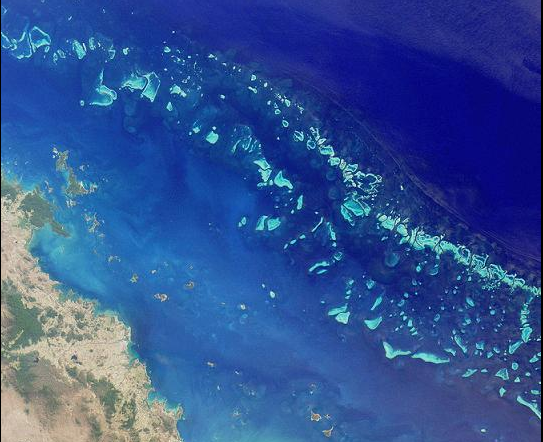New $60m plan to rescue the Great Barrier Reef
The Australian government has announced plans to invest $60m to support research and conservation programmes aimed at reducing damage to the Great Barrier Reef.

The Australian government has announced plans to invest $60m to support research and conservation programmes aimed at reducing damage to the Great Barrier Reef.
In a statement, the government described the Reef as a “critical national asset” and that the plans will “develop the next generation of tools and technologies to protect the Reef and help it recover from bleaching, cyclone damage and other ongoing threats”.
The Great Barrier Reef is the world’s largest coral reef, extending over 2,300 kilometres off Australia’s east coast. In addition to being one of the most biodiverse habitats on Earth, being home to over 9,000 separate species, it is also estimated to support 64,000 jobs and provide $6.4 billion a year to the local economy.
The government’s immediate plans will mean $36.6 million of new money will be spent on reducing water pollution from farming practices. $5 million will be invested in providing extra personnel to monitor and protect the area from bleaching. A further $10.4 million will be spent on tackling the problem of crown-of-thorns starfish, a poisonous species, which has been one of the major contributors of the habitat's decline in recent years.
On a visit to the area this week, Prime Minister Malcolm Turnbull, told local reporters that “people are excessively pessimistic” about the Reef's future, and that “poses a real danger because it undermines the popular support for the efforts that are being undertaken here, and of course undermines the whole reef economy”.
The Marine Park Authority, which manages the area, said the news was an “extremely positive outcome”, commenting that “like all coral reefs around the world, the Great Barrier Reef is under pressure from a range of threats, particularly climate change. Over the last two years coral bleaching, a severe cyclone and crown-of-thorns starfish have affected approximately 80 per cent of the Reef”.
Some environmental groups were less enthused. Greenpeace Australia’s, Dr Nikola Casule, said: “If Mr Turnbull genuinely cared about our precious Reef and the people who depend on it, he would get serious about fighting climate change instead of engaging in fantasy solutions that ignore the real issue”.
She added: “The Reef is now in the early stages of an unprecedented third consecutive year of bleaching. It bleached in 2016 and 2017 and the Turnbull government did nothing. The science is clear: dangerous global warming is the biggest threat”.
Image Credit: NASA
